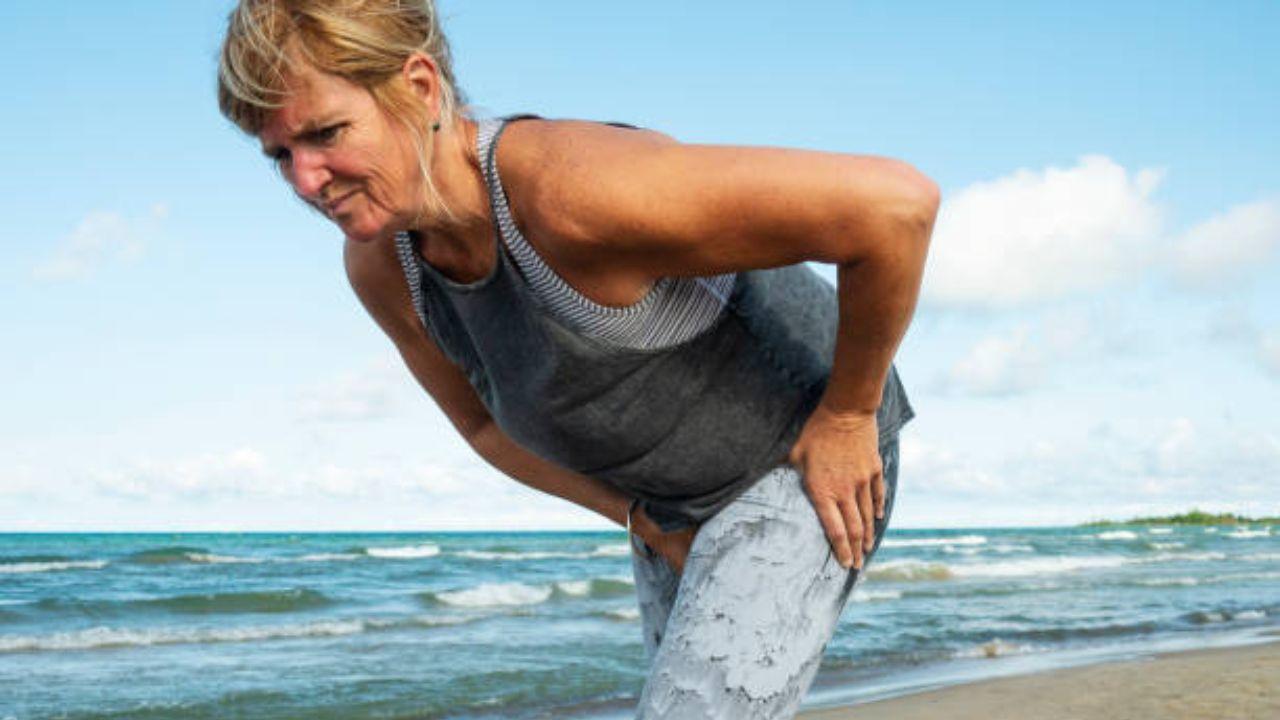Those with hip dysplasia can experience pain in the hip area (mainly in the groin), looseness in the hip, a noticeable limp while walking or moving, and legs of unequal lengths

Image for representational purposes only. Photo Courtesy: iStock
Hip dysplasia is seen when the bones of your hip joint fail to align properly. Even though it mainly impacts babies and young children, it can be seen in adults too.
ADVERTISEMENT
The hip joint serves as the gathering point between your thigh bone (femur) and your hip bone (pelvis). If one is having hip dysplasia then the femur's round ball (femoral head) doesn't correctly match up with the curved socket in your pelvis that it should fit into.
This misalignment can further cause cartilage damage and one can witness worrisome signs and symptoms like pain and stiffness, as well as an increased risk of hip dislocations.
Dr Aashish Arbat, orthopedic and joint replacement surgeon, Jehangir Multispeciality Hospitals, Pune shares the signs, causes and treatment of hip dysplasia
Warning signs
Those with hip dysplasia can experience pain in the hip area (mainly in the groin), looseness in the hip, a noticeable limp while walking or moving, and legs of unequal lengths.
Infants diagnosed with hip dysplasia who have not yet begun walking may exhibit other symptoms, such as one leg turning outward more than the other, reduced movement in one leg compared to the other, and uneven or wrinkled skin around their thighs and buttocks.
Also Read: How social media addiction has given rise to popcorn brain in young adults
Key causes
Hip dysplasia occurs when the femur does not properly align with the socket in the pelvis. This misalignment can result from a shallow hip socket or an irregularly shaped femur head. It can be hereditary, present by birth.
Complications of hip dysplasia
The abnormal formation of the hip joint can lead to excessive wear and tear on the cartilage, eventually leading to osteoarthritis. The instability can put excess strain on the bones, making one prone to fractures. Ones with untreated or undiagnosed hip dysplasia may also experience muscle imbalances and weakness around the affected joint causing uneven gait, reduced range of motion, and chronic pain.
Diagnosis and treatment
An ultrasound, hip x-ray, or even a CT scan will aid in the diagnosis of this condition. Those babies with this condition will be advised to wear a brace or harness to ensure proper hip alignment. Physiotherapy including stretches and exercises will strengthen the muscles around your hip joint and improve your flexibility. However, surgery will be the ultimate option. Common surgeries include hip osteotomy and hip arthroscopies. Osteotomy will allow the reshaping of the patient’s bones. A hip arthroscopy is a minimally invasive technique to restore damage inside the hip joint and allow free movement.
People with severe hip dysplasia will have to opt for hip replacement (arthroplasty) as suggested by the doctor.
Also Read: Yeast infection, UTI and Jock itch: Common infections of intimate areas and prevention tips
Disclaimer: This information does not replace professional medical advice. Consult a qualified specialist or your physician for personalised guidance.
 Subscribe today by clicking the link and stay updated with the latest news!" Click here!
Subscribe today by clicking the link and stay updated with the latest news!" Click here!







